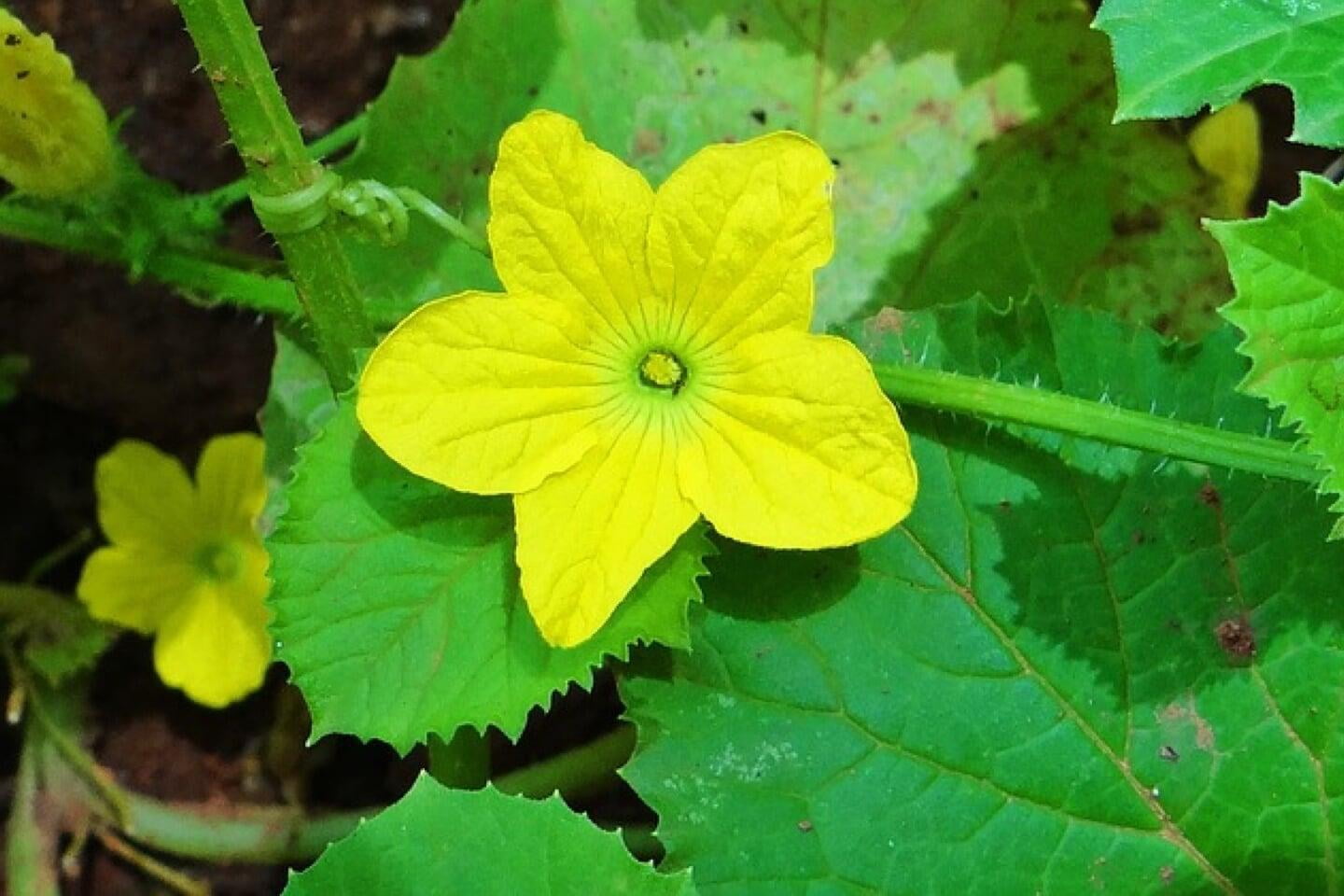A common concern we have been observing of late is in regards to flower drop. Today we attempt to throw light on the various reasons that are responsible for flower drop. Flowers are generally grown for their vibrant and attractive colors, as well as for their commercial value. In either case, these plants are grown with much love and affection. In the case of fruits and veggies, the flower further develops into the fruit and, eventually, the seeds. In case the flower drops, failing to transform into a fruit, it will result in lower yield and economic loss. Thus, flower drop is a cause for much annoyance and concern to the growers.
Why do flowers fall off?
Firstly, not all flower drop is a concern - for example, in the gourd family (cucumber, ridge gourd, etc.), male flowers naturally drop off from the plants after few days - once their primary purpose of pollinating the female flowers is complete. Having said that, a healthy blossom that drops off suddenly should be a cause of concern.
It turns out that multiple factors often working together are responsible for this. Listed below are few of the major causes of Flower drop:
Environmental Factors
Temperature Fluctuations
Temperature fluctuation affects ‘pollen’ growth. At higher temperatures, pollen becomes dry, while at lower temperatures, pollen becomes sterile, both leading to no pollination in flower. For example, in the case of the solanaceous family of plants ( which includes tomatoes, chilly, brinjal, etc.), Day temperatures >30° C could cause flower drop. Similarly, night temperatures >22° C or <11° C could lead to flower drop.
Humidity
Humidity plays a major role in pollen shedding and its transfer. Lack of moisture or sudden and excess watering at once creates a stress condition in the plant leading to flower drop. High humidity leads to improper shedding of pollen. Lower humidity makes the pollen dry, and it will not adhere to the stigma of the flower.
Light
Lack or excess of sunlight exposure results in the poor setting of fruits.
Irregular Nutrition
Lack of or irregularity in nutrition also creates stress in plants. Higher/lower concentration of Nitrogen fertilizer will lead to blossom drop. A higher dose encourages vegetative growth in the plant while a lower dose cannot support further reproductive growth in the plant.
Excessive Wind
Excessive Wind may carry away pollens or desiccate the flowers. It could also physically damage the plants by breaking the flowering branches.
Other Factors
Heavy Fruit Set
To maintain a balance in the plant system, the plant itself abort some flowers when it blooms in large numbers. This avoids competition for fruit development when plant food supply is limited.
Pruning
Excessive pruning of the plant limits the reserve food energy, thus reducing the flower production and fruit set.
Insect Damage and Diseases
Small insects like thrips and flies ill-feed the developing buds/flowers. This could lead to bud/flower drop.
Improper Pollination or Lack of Pollination
When flowers do not get proper pollination within a particular period, this causes the flower to fall off.
Tips to Control Flower Drop
- Grow varieties that are suitable to the region and climate (Ex. Varieties which can tolerate high/low temperature)
- Ensure the provision of proper macro and micronutrition to the plants. Micronutrients such as Boron are essential for flower development.
- Regularly water the plants in the right quantity depending on the climatic conditions. The growth medium should always be kept moist.
- Monitor for pest activity at regular intervals
Happy Growing!
